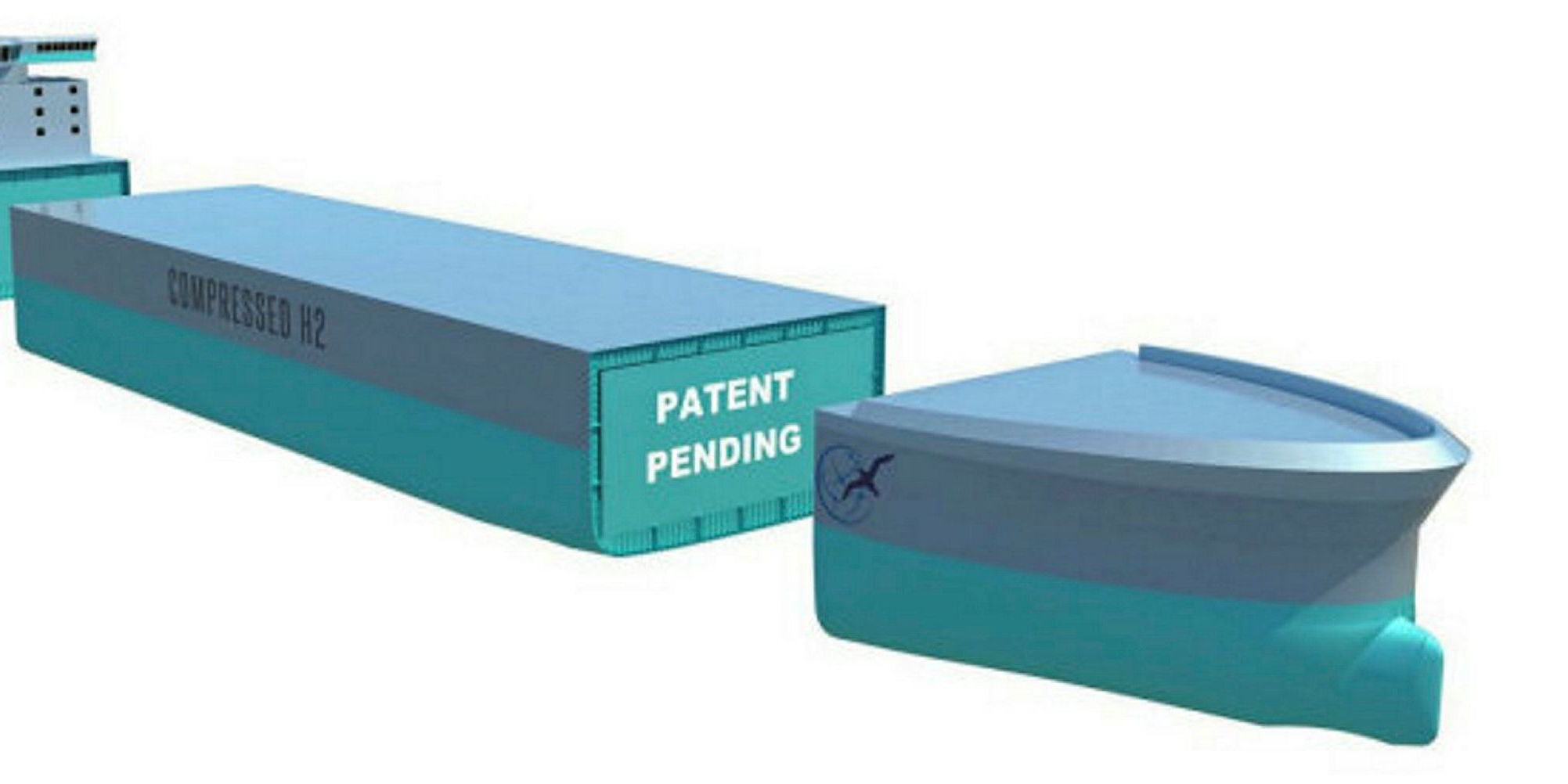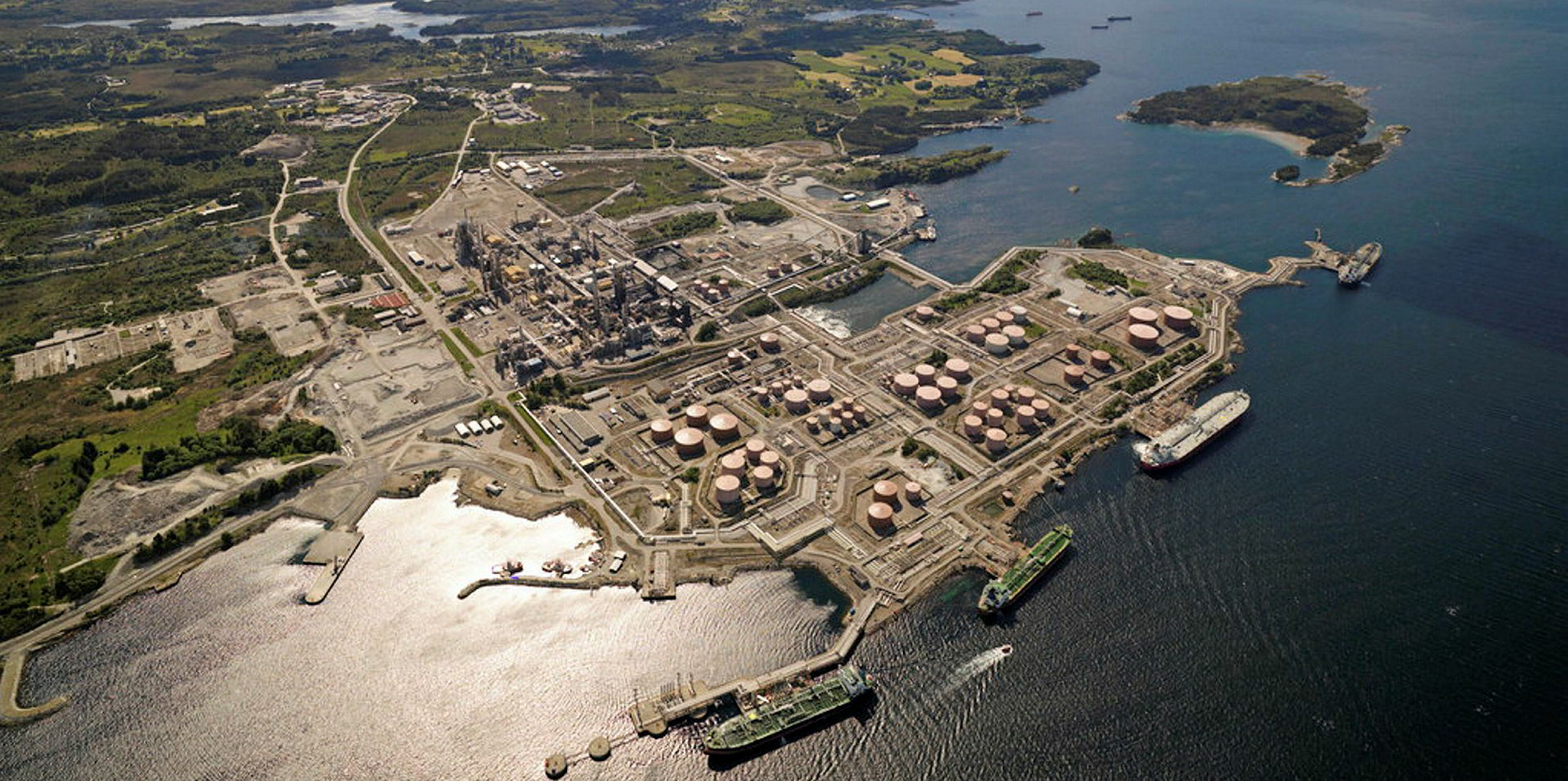Although a shipping market for hydrogen is still years away, some forward thinkers are already able to draw a potential trade map.
The International Energy Agency has said global low-carbon hydrogen production needs to increase to 7.92m tonnes per year in 2030, from 360,000 tonnes last year, in line with demand growth.
This takes into account hydrogen output from electrolysers powered by renewable sources. When produced by the traditional means of gas reformation or coal regasification, hydrogen is deemed a low-carbon fuel only when carbon-capture technology is used.
Analysts suggested Australia, Chile and the Middle East could emerge as exporters of low-carbon hydrogen, with their governments’ environmental policy support and abundant renewable-energy sources.
“Hydrogen is essentially a way for countries to be exporting their renewable energy,” Argus Media principal consultant Neil D’Souza said. “When you can actually produce renewables at low costs, the next step is to potentially look at exporting the hydrogen, should the demand for electricity within your country not be too high.”
Australia in particular has the potential to emerge as a key supplier, with about 135 MW of electrolyser capacity planned by 2025, according to Evercore ISI.
Japan, South Korea and some European governments have announced plans to increase hydrogen demand significantly in the next 10 years.
“Looking ahead, we could see an active route [from] Australia to Japan and South Korea,” S&P Global Platts head of Asia freight pricing Pradeep Rajan said.
The European Commission has targeted 6 GW of electrolyser capacity and up to 1m tonnes of renewable hydrogen by 2024. But Platts Analytics forecasts just 2 GW capacity in Europe by then.
“That will need to be met with additional projects, but also imported volumes,” Platts transport technology analyst Zane McDonald added.
Germany is seen as a likely top importer, allocating €2bn ($2.36m) to develop international markets.





